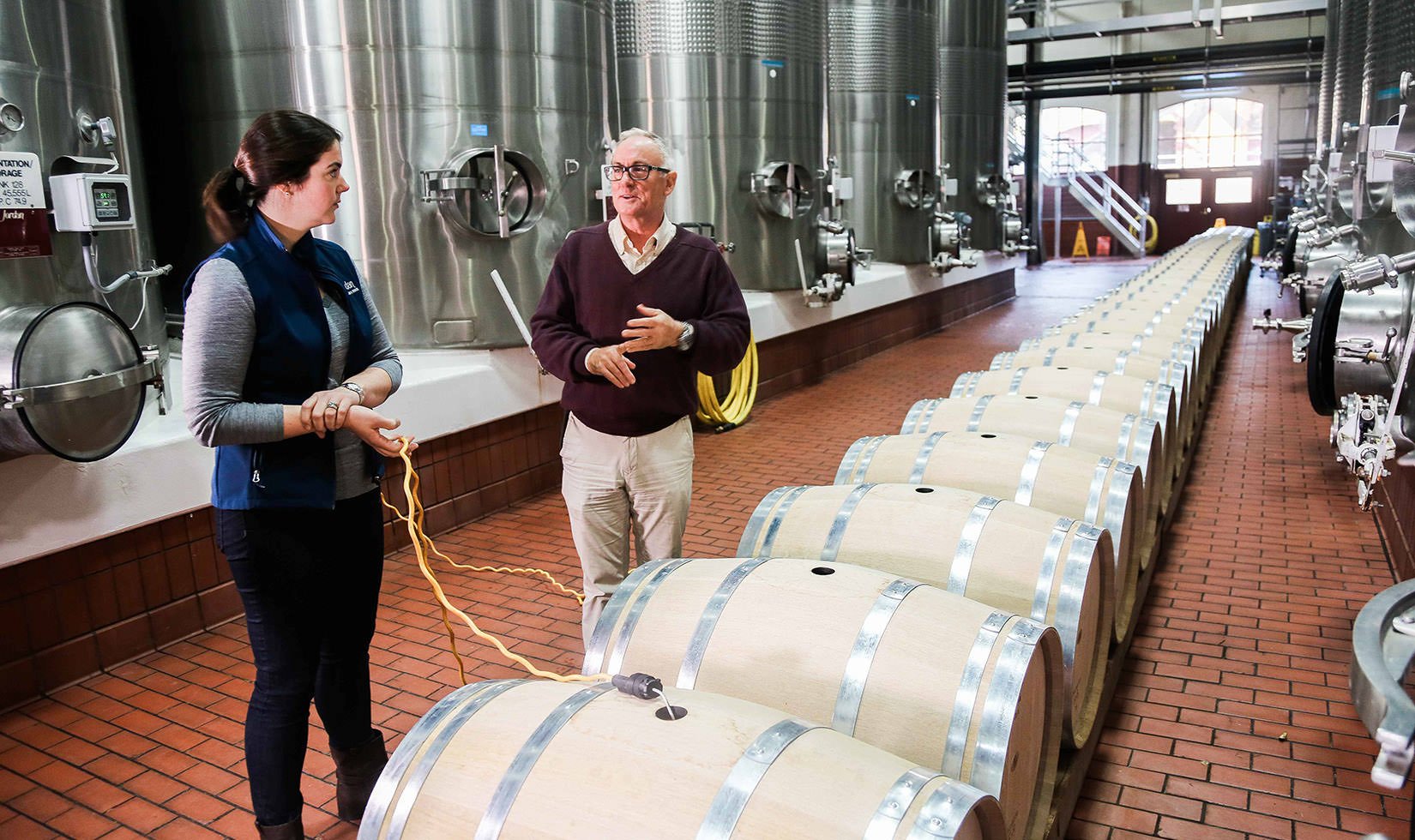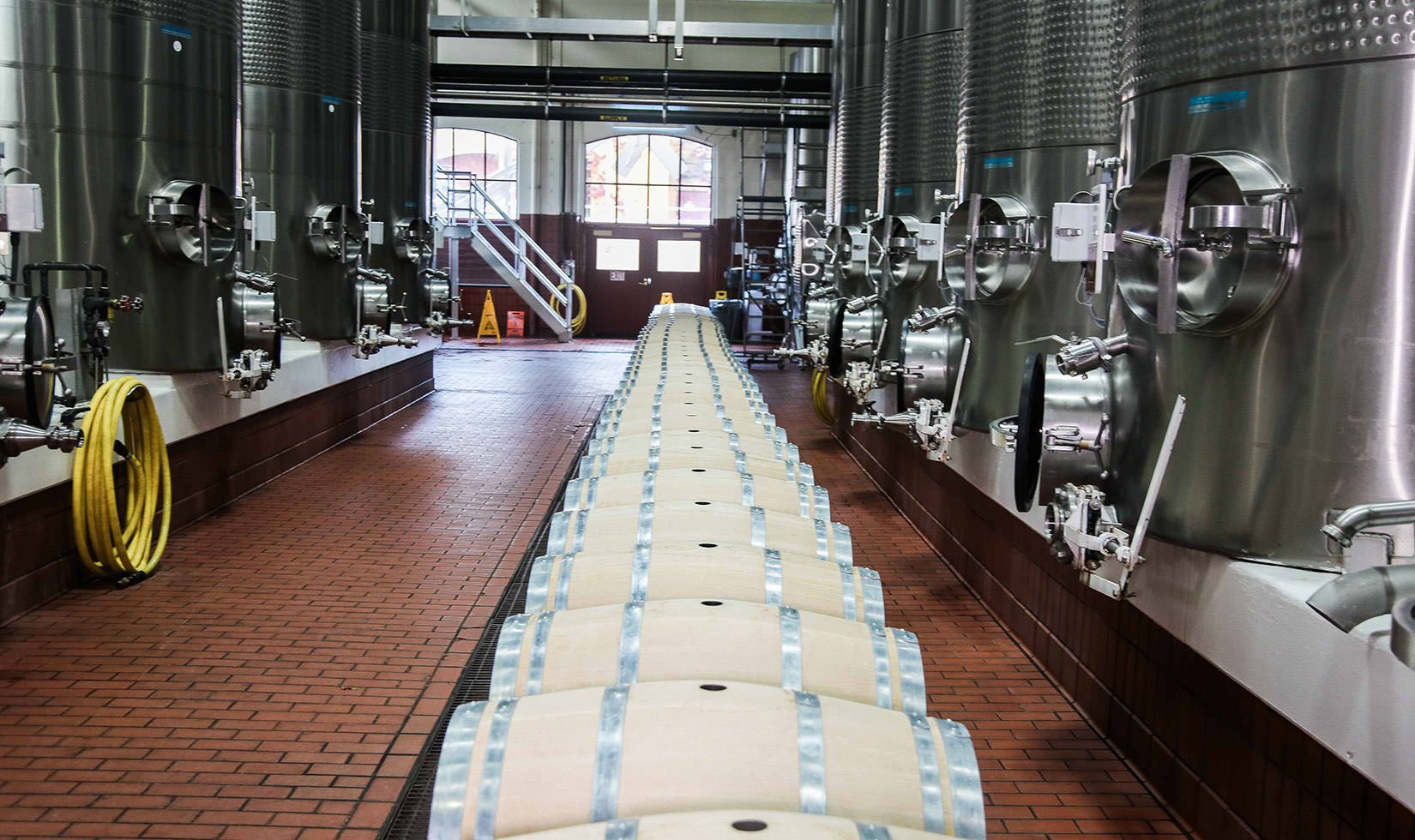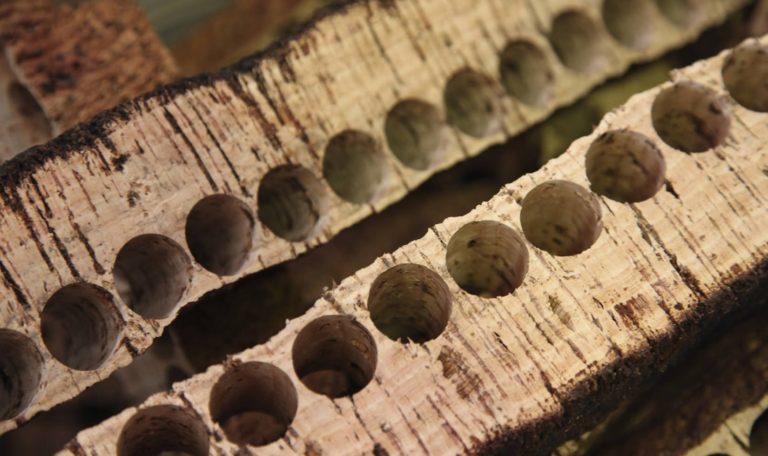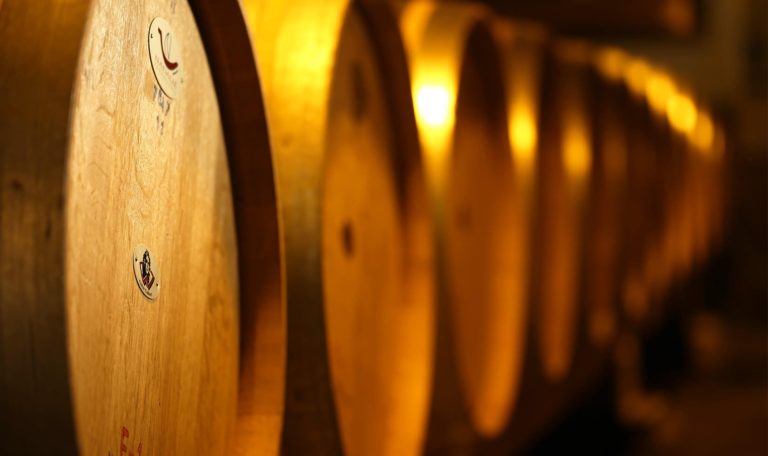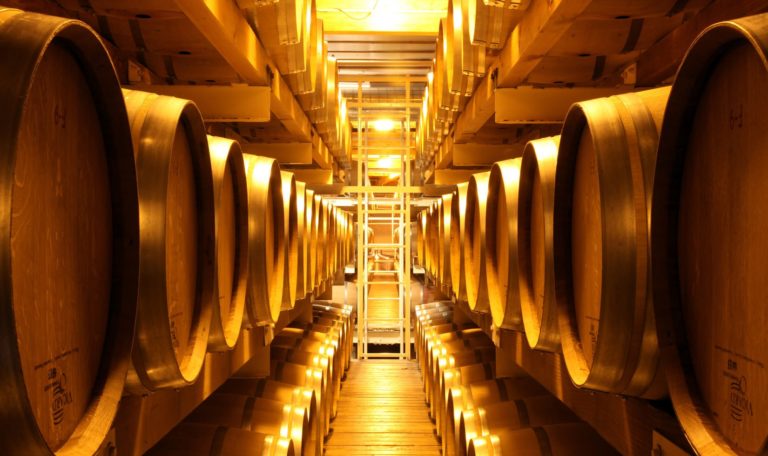A rhythmic sound echoes through the winery every winter before the holiday break: new French oak barrels being rolled into the cellar for wine aging. After a long Transatlantic voyage that continues through the Panama Canal and up the coast to California, around 1,800 new French oak barrels arrive in waves over four to six weeks, destined to become that vital wine aging vessel for our newborn vintages of Jordan Cabernet Sauvignon and Jordan Chardonnay. A critical step in the Jordan winemaking process is inspecting each of these wine barrels as part of our quality control.
Inspecting New Wine Barrels: Sensory Test for Imperfections
The steps our winemaking staff go through ensure these barrels are quality tested, approved and ready to be filled is quite the undertaking. Wine barrels aren’t simply rolled off the truck and into their racks. As associate winemaker, I’m tasked with inspecting every single new barrel before it’s moved into the cellar and ready to be filled.
Four tools are needed for a wine barrel inspection:
- A flashlight
- Your eyes
- Your nose
- Water
Each wine barrel inspection has a four-part process:
- Visually studying the wine barrel for damage or imperfections in the grain that might lead it to leak
- Looking inside each wine barrel for even toast levels (no blistering of the wood from toasting, which could lead to undesirable bacteria getting trapped under the blister)
- Smelling the wine barrel to ensure there are no off aromas that could affect the wine. We only want that vibrant scent of freshly cut wood.
- Testing the wine barrel with a little bit of steamed water to make sure it’s air and watertight (no risk of leakage)
Inspection only takes a few minutes per wine barrel, and it’s time well spent.
See Inspecting New Wine Barrels: Water Test for Leakage
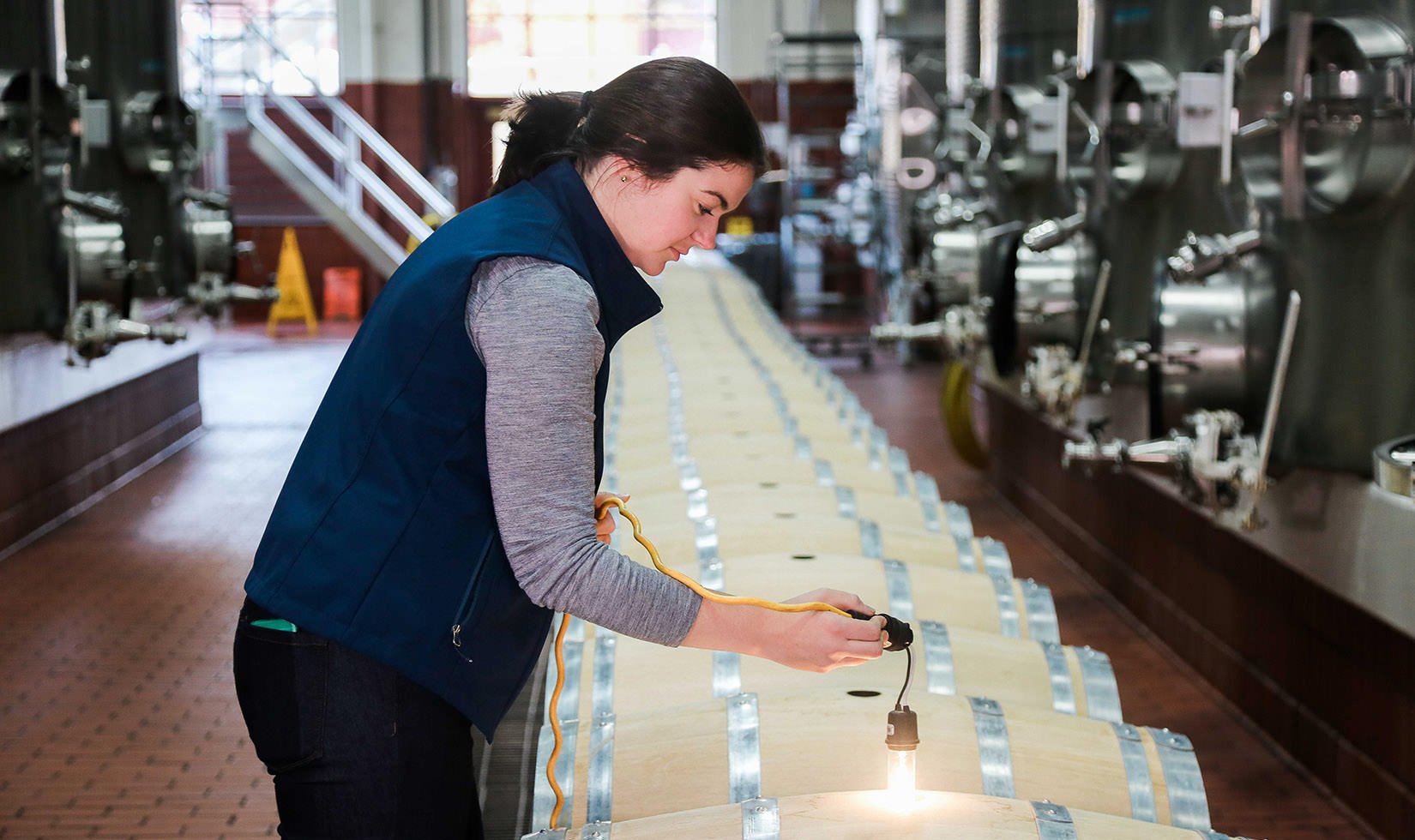
This year’s barreling season had an exciting twist: a higher percentage of new French oak will be employed for aging the 2015 Jordan Cabernet Sauvignon. Jordan’s cooperage program has been evolving over the last few years, particularly with the oak aging of the 2103, 2014 and 2015 vintages. Fans can rest assured: We aren’t changing the style of Jordan Cabernet Sauvignon in any way; we are simply finding ways to enhance and elevate it. Since the 2006 vintage, when our first fruit-sourcing enhancements occurred in the vineyards, the fruit expression and concentration in Jordan Cabernet has increased. Once those wines made their way into the blind tasting exercises for barrel selection, which happens right after harvest every year, the winemaking team began choosing French oak barrels increasingly as our preference for Jordan Cabernet Sauvignon—a wine which began in 1976 with aging in 50% American 50% French barrels. French oak is superior in its ability to frame and better showcase the higher fruit quality. You’ll continue to see this gradual increase in French oak over the next few years until Jordan Cabernet Sauvignon is 100% French oak-aged.
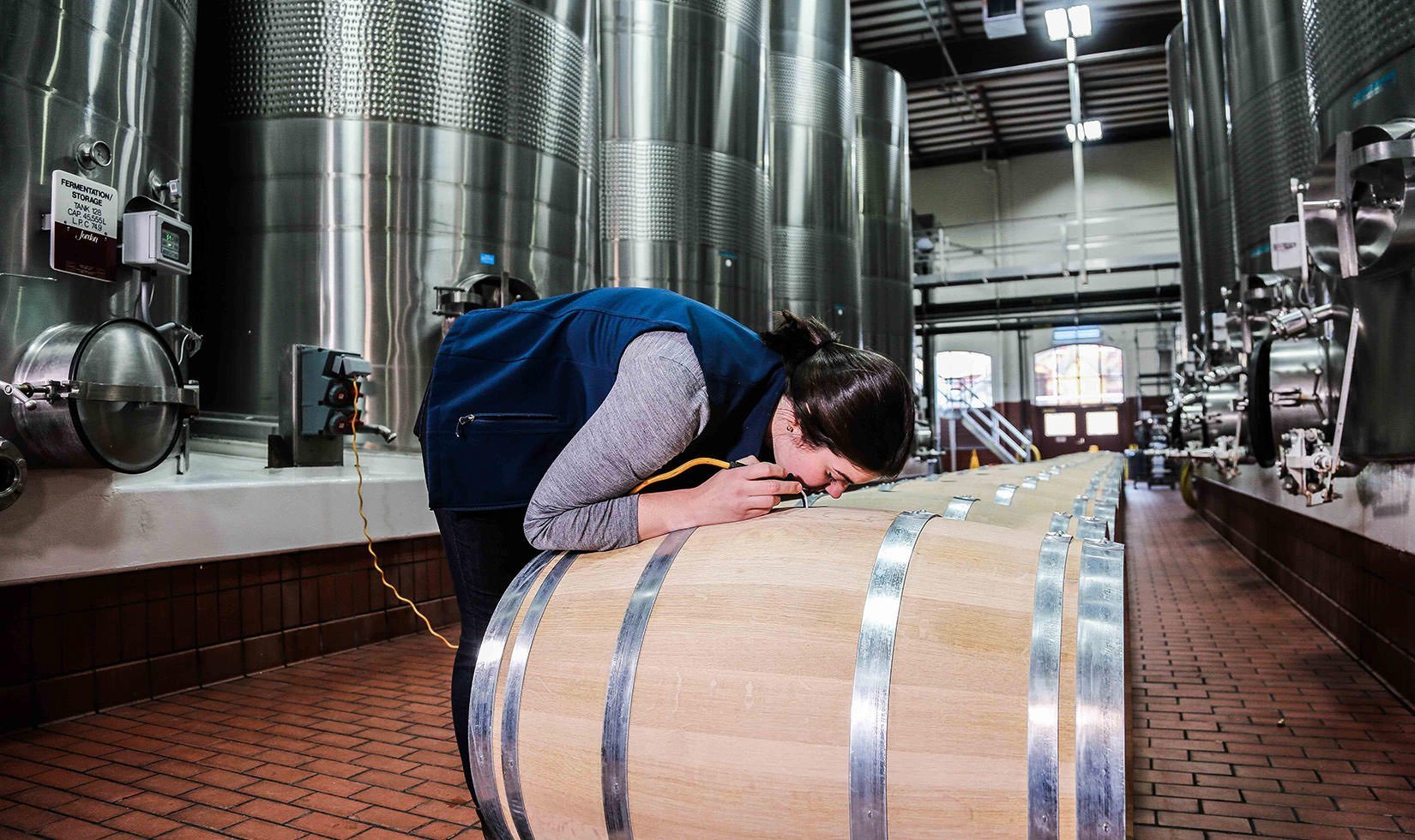
Our customers will not, however, find an increased perception of oak flavors in the finished wine. A combination of new and used oak is crucial to the Jordan house style of a balanced, Bordeaux-like Cabernet Sauvignon. Only about 45% of the 2015 Jordan Cabernet Sauvignon will be aged in new French oak; the remaining will age in one-year and two-year-old barrels before they are assembled for our master blend before bottling. The potential impact of oak treatment on the final wine is tremendous. Oak’s influence on a wine’s flavor profile is second only to its fruit. When used judiciously, barrel aging both frames and highlights everything great about a vintage without competing for attention. It showcases the fruit expression, aids in character development, rounds out the overall structure, and literally put, spices up the storyline without interfering or confusing the message of the wine.
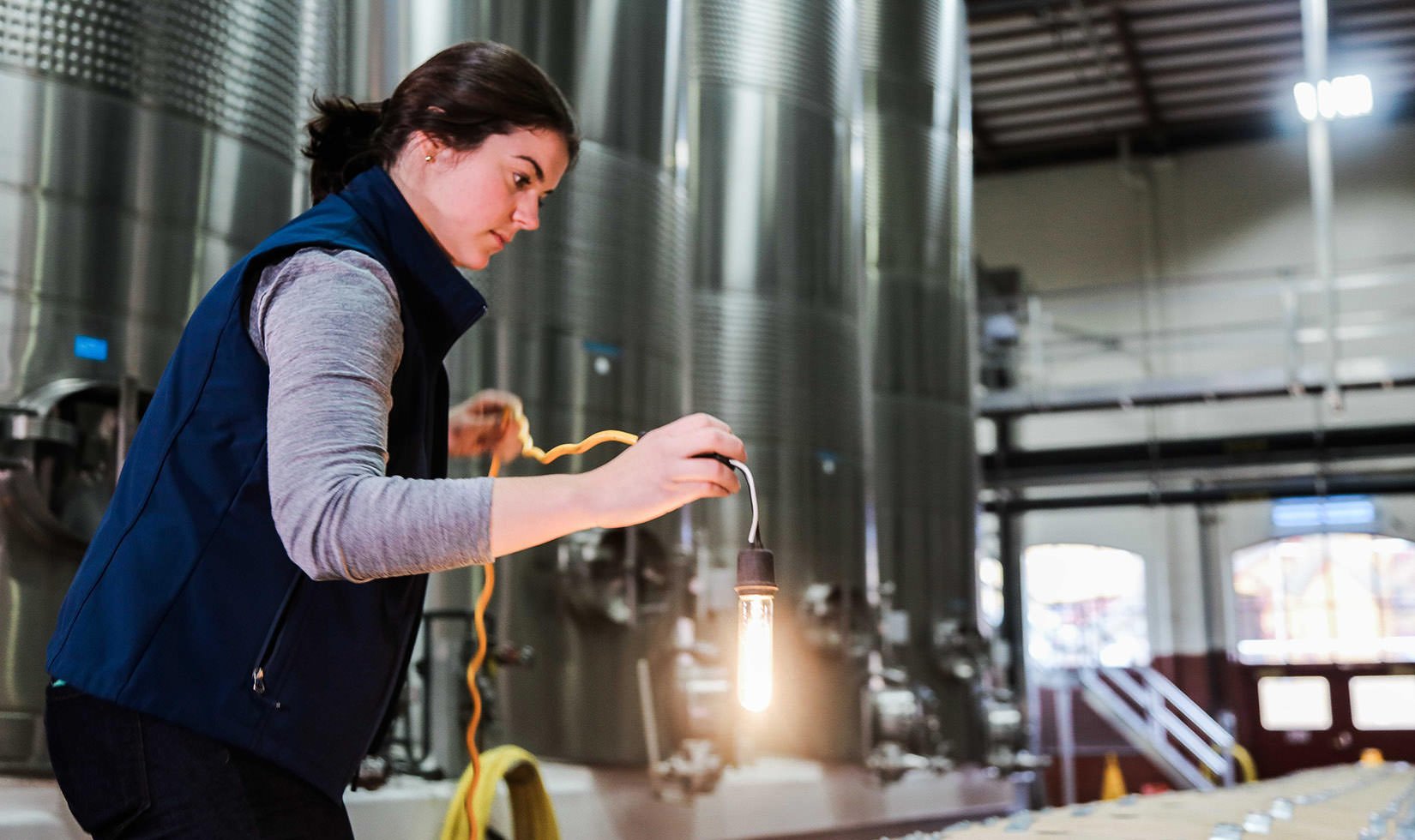
Barrel inspections used to occur in January and February. With these enhancements to our oak aging program, we’ve made the decision to receive new French oak barrels in November and December, allowing us to let our young Bordeaux blend age in oak for two more months if desired. Every new barrel will be filled with our newborn vintage before we close for holiday break. The winemaking team then lets out a collective sigh of relief and excitement–the newest Jordan is resting soundly. We go on vacation for a few weeks and return the first week of January to check on our latest sleeping beauty.
